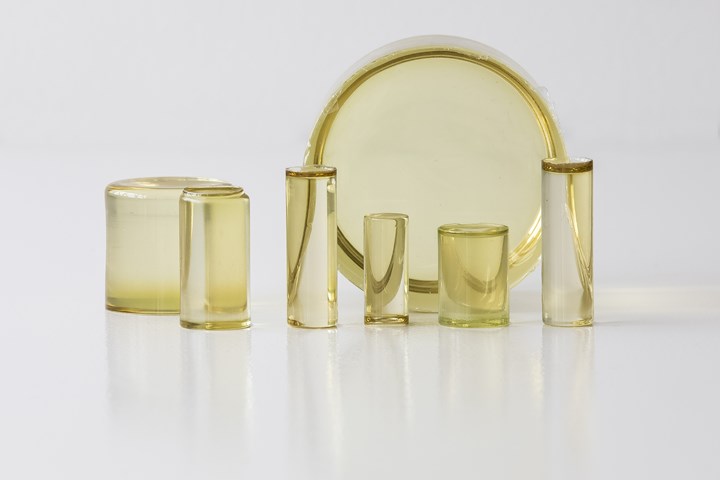CAMX 2022 exhibit preview: Demeta Solutions
Demeta exhibits NexTene PCX resin, Metton LMR and a PDCPD odorless polymer, realized through various collaborations for high-performance composite part production.
Demeta Solutions (Rennes, France) showcases its resin, NexTene PCX, at CAMX. Super tough with a low carbon footprint, NexTene is capable of producing high-performance glass fiber composites with many sought-after qualities in the industry, according to Demeta. Other notable qualities include NexTene’s low viscosity and adjustable pot life, which lead to cost-competitive, large and durable composite parts production. In partnership with Nippon Electric Glass (Shiga, Japan), NexTene and Nippon’s NEG HybonTM 2585 E-glass are said to deliver improved wetting, reactivity and mechanical properties to the reinforced part.
Demeta is also in a commercial partnership with Metton America Inc. (La Porte, Texas, U.S.), a chemical company focused on the development and commercialization of liquid molding resin (LMR). The partnership comprises an exclusive commercialization distribution agreement and a joint business development agreement. Metton LMR is designed to be a durable engineering plastic material, enabling production of complex, large or thick-molded panels. This material is known as a reference for truck, bus, construction and farming machinery. Based on dicyclopentadiene (DCPD) like Demeta’s NexTene, Metton LMR is synthesized using a different catalytic system from the one used by Demeta and reserved for reaction injection molding processes (RIM and R-RIM). Metton’s newest R-RIM grade, Metton 5000-GT, a high-modulus DCPD-based resin featuring a maintained impact resistance, can be discussed with experts at Demeta’s booth.
The company also highlights a joint venture with H+S Automotive (Baden-Württembergn, Germany), resulting in the production of odorless polydicyclopentadiene (PDCPD) parts for automotive interiors. PDCPD was a logical choice for a molded automotive sunroof frame because the frames must withstand challenging conditions while reducing the function’s weight by replacing steel. The sunroof frame, manufactured by H+S Automotive with NexTene — used for its light weight, resistance and aesthetic qualities — enabled a weight reduction from 1.8 kg to only 900 g with a positive impact on automobile fuel consumption and CO2 emissions. Likewise, it is said that there is an improvement in vehicular stability in high-speed curves as well as driver and passenger comfort.
Related Content
-
PEEK vs. PEKK vs. PAEK and continuous compression molding
Suppliers of thermoplastics and carbon fiber chime in regarding PEEK vs. PEKK, and now PAEK, as well as in-situ consolidation — the supply chain for thermoplastic tape composites continues to evolve.
-
Materials & Processes: Composites fibers and resins
Compared to legacy materials like steel, aluminum, iron and titanium, composites are still coming of age, and only just now are being better understood by design and manufacturing engineers. However, composites’ physical properties — combined with unbeatable light weight — make them undeniably attractive.
-
Composite rebar for future infrastructure
GFRP eliminates risk of corrosion and increases durability fourfold for reinforced concrete that meets future demands as traffic, urbanization and extreme weather increase.














